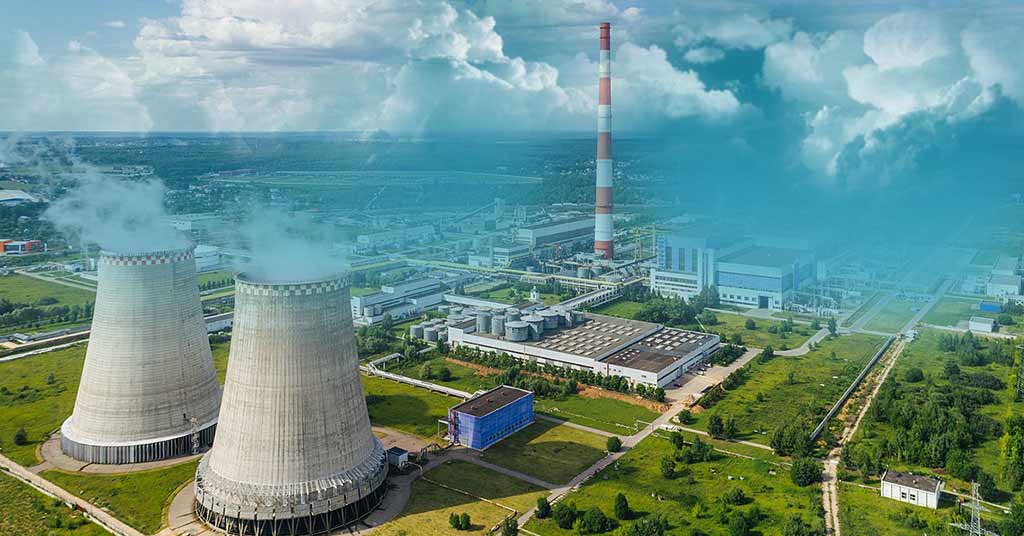Welcome To ChemAnalyst

Japan: A recent analysis suggests that Japan's strategy to co-burn coal power plants with Ammonia, as a measure to decarbonize its electricity industry, could result in increased levels of another form of air pollution linked to millions of premature fatalities worldwide each year. While Ammonia combustion does not emit carbon dioxide, it does release fine particulate matter known as PM2.5.
Japan's strategy for transitioning to renewable energy has received backlash from critics as it involves extending the lifespan of its fossil fuel plants by utilizing Ammonia and hydrogen co-firing. This approach differs from many other countries that are rapidly shifting towards renewable sources for power generation.
Jera Co has renovated its Hekinan Thermal Power Station Unit 4 to enable the use of both coal and Ammonia. Co-firing the facility with 50% Ammonia is expected to result in a significant increase of 167% in total emissions of PM2.5 and precursor gases. This increase will be caused by both shipping and fuel combustion. Despite this, air quality in Japan has significantly improved over the years thanks to environmental policy, scientific research, and investments in air pollution mitigation technologies.
PM2.5 is responsible for causing up to eight million premature deaths yearly worldwide, with Japan alone accounting for approximately 43,000 of these deaths annually. Moreover, the global impact of both premature deaths and non-fatal health illnesses caused by PM2.5 amounts to a staggering US$8 trillion (S$10 trillion), which is equivalent to 6.1 per cent of the global gross domestic product.
Ammonia co-firing in a thermal power plant will not increase the precursors of PM2.5, namely Nitrogen oxides and Sulphur oxides. PM2.5 refers to fine particulate matter that is approximately 30% of the diameter of a human hair. These particles are small enough to settle deep in the lungs and even enter the bloodstream, as noted by the Environmental Protection Agency. Exposure to PM2.5 has been associated with various health conditions including cardiovascular disease, Type 2 diabetes, lung cancer, and dementia.
The production of Ammonia demands a significant amount of energy, with the current manufacturing process accounting for roughly 2% of global carbon dioxide emissions. Despite the potential benefits of producing Ammonia with renewable electricity, methodological limitations have hindered its widespread adoption.
We use cookies to deliver the best possible experience on our website. To learn more, visit our Privacy Policy. By continuing to use this site or by closing this box, you consent to our use of cookies. More info.
